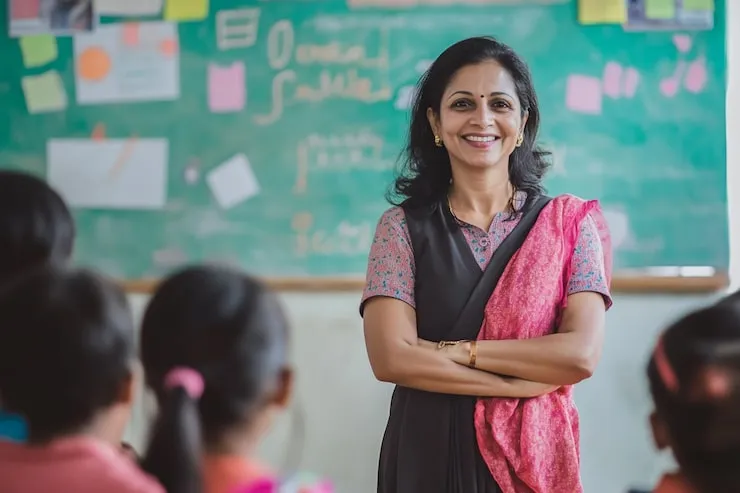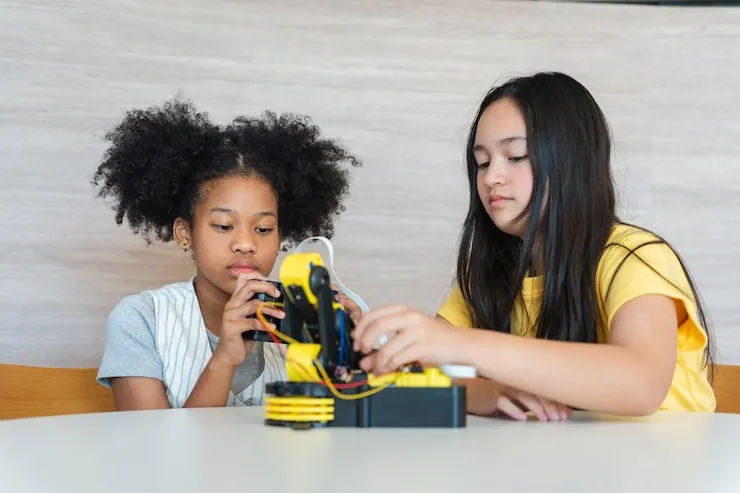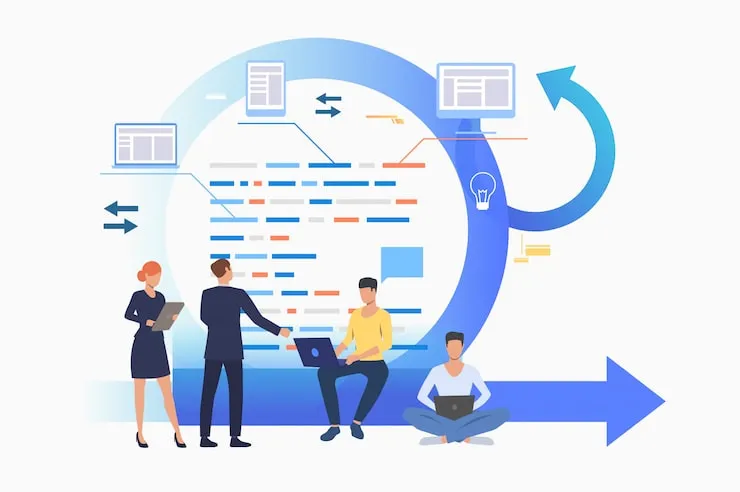If you’ve ever walked past a government school in Bihar, you’ve probably noticed how different each one looks. Some are lively, with kids answering questions in chorus. Others… Well, they sit half-empty because there’s no teacher for the day. For years, that’s been the reality.
But 2025 feels different. The Bihar government has finally decided to shake things up. The plan isn’t a small tweak here or there it’s a big package: hiring more teachers than ever before, giving scholarships that actually help, and opening new colleges so students don’t have to leave home for a degree.
Read Also: Distance Learning: Pros and Cons You Need to Know
A Wave of Teacher Recruitment

Let’s start with the one change parents have been waiting for — more teachers. It’s not an exaggeration to say that some schools have had one teacher handling two or three classes at once.
This year, the government is hiring over 1.25 lakh teachers. The whole process is online now, which means no more long queues outside district offices just to submit forms. And here’s the smart part — rural and remote schools are getting priority so children in far-flung areas don’t miss out.
The fresh recruits won’t just be handed a chalk and blackboard. They’ll get proper training — from using digital boards to making lessons more interactive. Imagine a history lesson where pictures and videos come alive instead of just dates and names on the board. That’s the goal.
Scholarships With Real Impact
Money has quietly ended many young dreams in Bihar. A promising student might drop out because the bus fare to college eats into the family budget. The 2025 scholarship reforms aim to stop that.
The amounts have gone up — enough to cover books, uniforms, or even part of a hostel fee. More college students are eligible now: the ones from poorer households, minority groups, and college students with disabilities. Girls get an additional enhancement if they pick topics like science or technology.
And here’s something students will like — the money goes straight to their bank accounts. No middlemen, no long waits. For a lot of families, this can be the make-or-break support that keeps their child in school.
Colleges Closer to Home
In the past, if you wanted a decent degree, you probably had to head to Patna or even out of state. That meant rent, travel, and a lot of extra costs.
This year, the government has approved 20 new degree colleges across different districts. They’ll cover everything — arts, science, commerce, and even skill-based courses. Old faculties aren’t being forgotten either; they’re getting upgrades like smart school rooms, well-stocked libraries, and better labs.
Some new institutions will focus on specific regions like agriculture or vocational education, so students can step straight into applicable jobs. Partnerships with private organisations mean there’s a better chance of getting experienced teachers and modern facilities.
Technology in the Classroom
Walk into a classroom in a few months, and you might see more than chalk and dust. The reforms include a push for smart classrooms in government schools. That means digital boards, projectors, and interactive lessons.
Rural students could also get pills or less costly net plans, making online look at a actual choice in place of a dream. From Class 9 onwards, vocational courses will join the syllabus, so students can study actual-international skills earlier than they even graduate.
The government’s teaming up with educational tech companies to design study material that’s not boring. If done right, lessons could feel more like discovery than memorisation.
You May Also Like: Business Internships For High School Students
Better Support for Teachers
Hiring teachers is step one. Keeping them motivated and skilled is step two.
That’s why there will be yearly refresher training sessions, performance-based rewards, and peer learning groups where teachers can swap tips and ideas. It’s a move that could stop good teachers from feeling stuck and burnt out.
Bridging the Rural–Urban Gap
One of Bihar’s biggest challenges has been the quality gap between rural and city schools. The reforms include new classrooms, proper toilets, and safe drinking water in village schools. Subsidised transport is on the table for kids who live far from the nearest school.
Parents and community members will be invited to help monitor schools, making them active partners in the process. After all, a school works best when the whole community takes pride in it.
The Bigger Picture

If the plans actually play out as promised, we could see:
- More kids staying in school till graduation.
- Students are no longer forced to move states for college.
- Better exam results across the board.
- Young people finish school with skills they can use for jobs.
The Hurdles Ahead
Of course, big plans come with challenges:
- Delays in recruitment could slow everything.
- New colleges will need good faculty, not just buildings.
- Rural internet access still needs work.
- Scholarship money must be monitored so it’s spent on education.
Final Word
The Bihar Education Reforms 2025 have something for almost everyone — students, parents, and teachers. They focus on real problems, not just fancy announcements. The difference this time will come down to execution.
If the state follows through, Bihar’s classrooms in 2028 could look nothing like they do today. And for thousands of young people, that change could mean the difference between a life of limited options and one full of possibilities.













